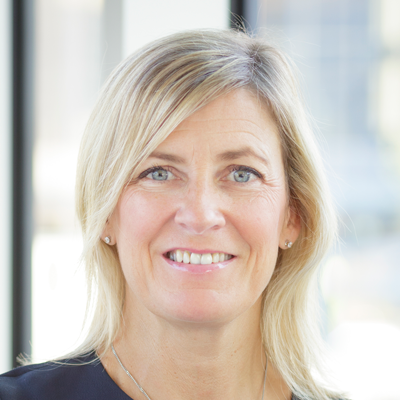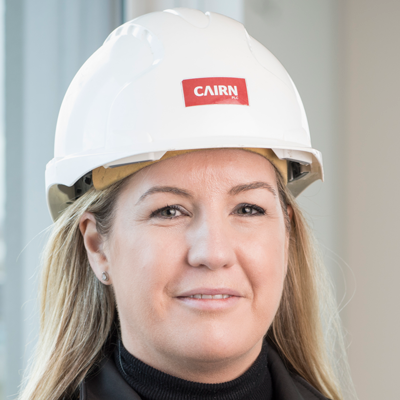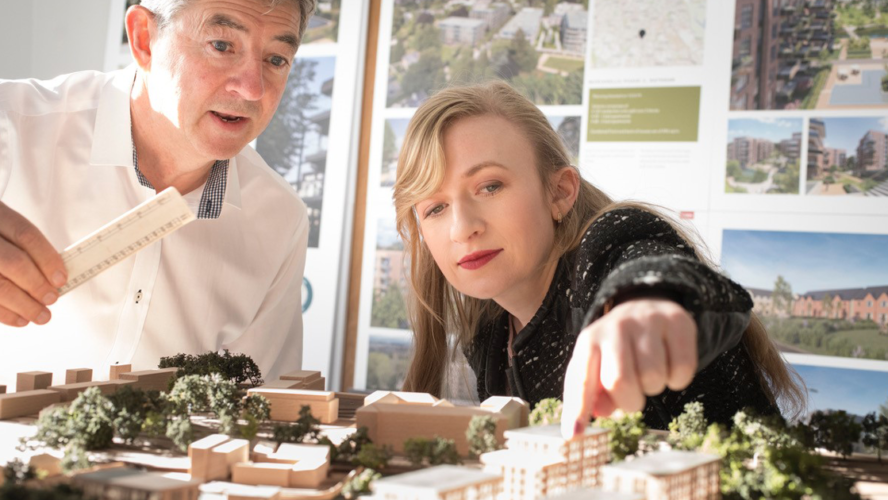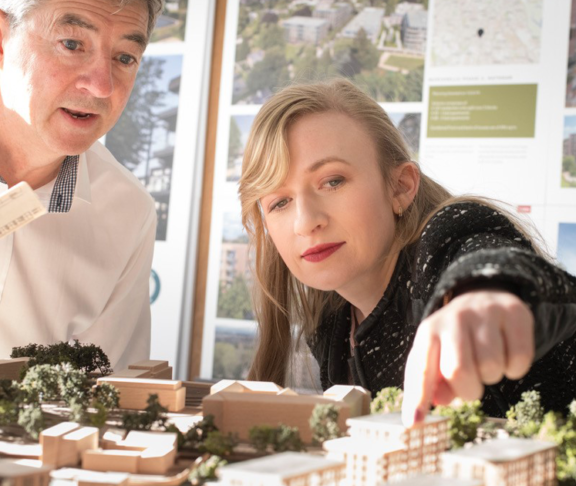
Maura Winston
Chief People Office, Cairn Homes

Gavin Whelan
Head of Construction & Operations, Cairn Homes

Helen J Finlay
Senior Technical Manager, Cairn Homes
To make themselves more competitive, companies in the construction industry are working hard to ensure their current and future workforces are — and will be — fully inclusive.
It is an exciting time to be working in the construction industry insists Gavin Whelan, Head of Construction and Operations at Dublin-headquartered house builder, Cairn Homes Plc. That is partly because the sector is evolving and the construction worker stereotype is becoming increasingly outdated.
“Our industry is complex, multi-disciplined and multi-dimensional,” he says. “Our company is growing and to be the best, we require a wide variety of different skillsets and perspectives. It means that we offer an extensive range of opportunities and roles — for men and women.” This includes architects and designers, sales and marketing experts, public relations and human resources professionals, on-site engineers, project management and delivery teams, and environmental, social, and governance (ESG) teams, among many others. Skilled women have never been in more demand.
What’s more, they’re needed right here, right now. “Historically, Irish construction skillsets have been exported,” agrees Whelan. “But, with the housing crisis, we need to grow internally, which means that construction is no longer a short-term job. Indeed, the industry focus is very much on long-term, sustainable careers.”
Creating a diverse and inclusive STEM talent pipeline
However, the sector does face a challenge. While increasing numbers of women are joining the construction industry, more are needed. Yet aiming for a balanced workforce isn’t some sort of PC, box-ticking exercise, says Maura Winston, Chief People Officer at Cairn. It’s a crucial part of building a sustainable business and a sustainable industry. “The sector must be made more appealing to women,” she says. “They are 50% of our potential workforce, after all. If we ignore the female population then we’re significantly limiting our ability to compete in the war for talent.”
Ultimately, our overriding objective is finding, hiring and keeping top talent.
Maura Winston
The solution is to create a diverse and inclusive STEM talent pipeline. So, firstly, the industry needs to do more to broaden the image of construction workers and highlight its female-friendly roles. Secondly, better education, partnerships and engagement with schools, colleges and career influencers is required. “Teachers and parents are the greatest influences on children’s career choices,” says Winston. “So, we should be talking to them to make sure they promote STEM careers for women. Plus, as a company, we recognise that Transition Year (TY) is a huge opportunity to run programmes designed specifically for young females to come into our organisation, see what we do and experience our culture.”
Developing, motivating and retaining the female workforce
Helen J Finlay, Senior Technical Manager at Cairn Homes, agrees that the visibility of women in construction is critical. She regularly talks to pupils about her career and when visiting primary schools always arrives in her hard hat and hi-vis jacket. “I start by asking the children: ‘What do you think my job is?’ Most of them say: ‘You’re a bricklayer!’ So even at primary school age they have pre-conceived notions. But then I tell them that my background is design, I qualified as an architect, and I work with the technical team. They’re almost shocked by that. But I firmly believe that if they can’t see it, they won’t be it. So, my message to girls and young women is: there’s absolutely nothing to stop you considering a career in this industry. Don’t close yourself off.
Establishing compelling graduate schemes and internships is a good way for companies to attract female STEM talent, says Finlay. Then, once they have joined an organisation, the focus must be on developing, motivating and retaining them. That means companies should partner with external organisations — such as The Irish Centre for Diversity — to ensure they are hitting equality, diversity and inclusion (EDI) targets; and including women in learning and development programmes in areas of their businesses where female representation is low. Maura Winston says: “Ultimately, our overriding objective is finding, hiring and keeping top talent.”


